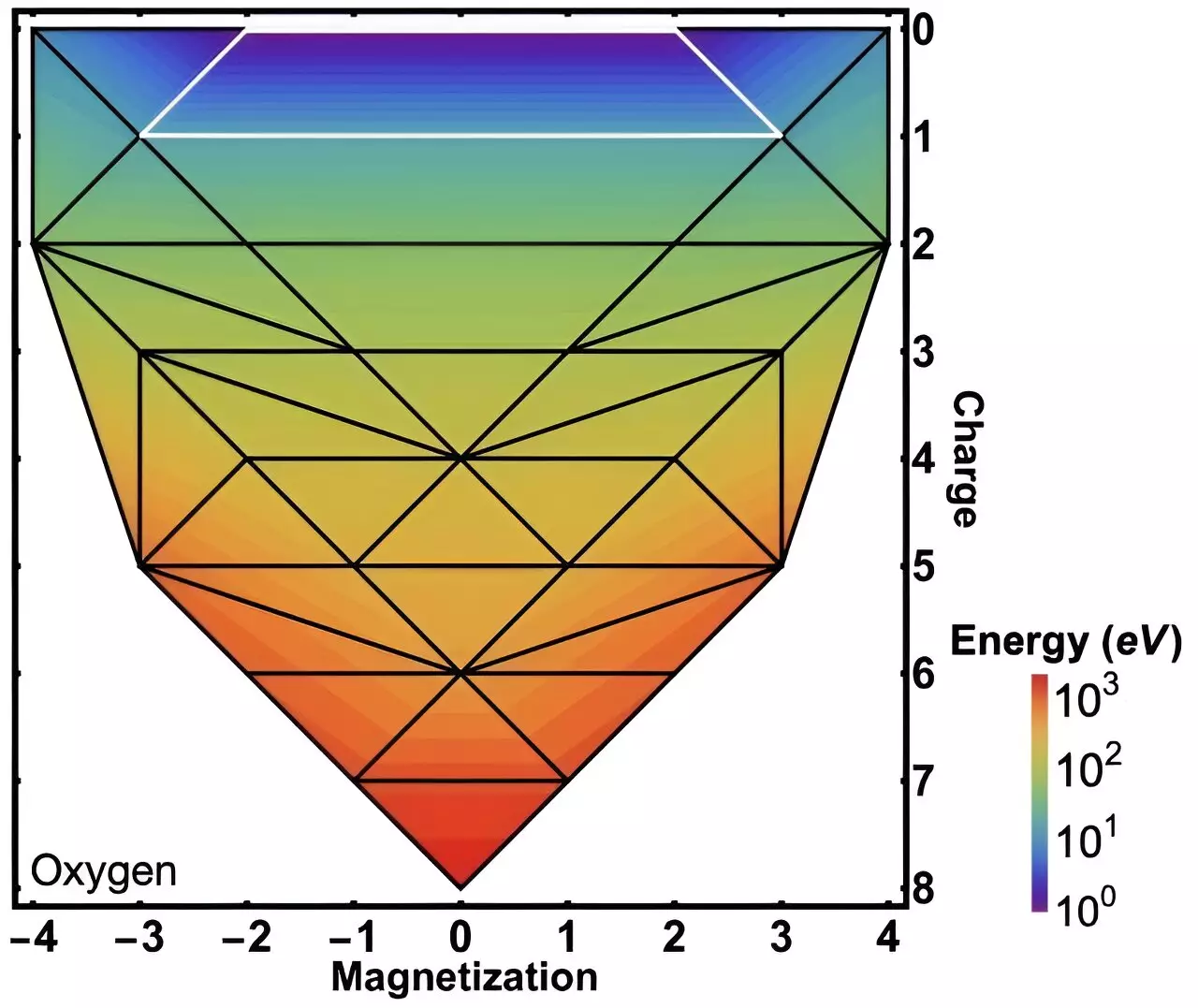An international collaboration led by physicists from Trinity College Dublin has made significant strides in the realm of quantum mechanics, fundamentally altering our understanding of the energy landscapes associated with quantum particles. This groundbreaking research not only answers long-standing questions but also opens new horizons for the development of materials that could play pivotal roles in future green technologies. Published in the esteemed journal *Physical Review Letters*, the findings articulate how energy configurations evolve within systems of particles—be it atoms, molecules, or more complex entities—as they undergo changes in magnetic properties or particle counts.
The core team driving this innovation includes Andrew Burgess, a dedicated Ph.D. candidate, alongside the expertise of Dr. Edward Linscott from the Paul Scherrer Institute and Dr. David O’Regan, an associate professor at Trinity. Their collaborative efforts blend theoretical mathematics with computational prowess, culminating in a comprehensive mapping of the energy landscape that has eluded researchers for decades.
Addressing Historical Challenges in Quantum Simulation
The study of matter at the atomic level poses considerable challenges due to the intricacies of quantum mechanics. Established over nearly a century, this discipline requires an amalgamation of sophisticated theoretical frameworks and practical simulations, both of which have their limitations. Making feasible approximations while simulating complex quantum systems is akin to navigating a labyrinth, where the path to clarity is shrouded in the dense foliage of computation-intensive equations.
The new theorems introduced by the Trinity team shed light on this complexity. They provide a robust framework to better understand how different factors—the number of electrons within a molecule and their magnetic states—influence energy dynamics. These advancements are especially critical as we strive to refine computational simulations that underpin material design for modern technologies such as efficient solar panels, supercharged batteries, and innovative catalysts for chemical reactions.
The Landscape of Quantum Understanding
To visualize their findings, Dr. O’Regan offered an engaging analogy: envisioning a steep, fragmented valley with angular tiles, creating a rugged terrain rather than a smooth surface. This theoretical landscape parallels the energy states of isolated quantum particles. As one ascends through this valley by modifying electron counts or manipulating magnetism, the relationship of energy is vividly illustrated. The comprehensive mapping of these valleys—especially at high magnetization—allows scientists to predict behaviors and interactions of materials with greater accuracy.
Burgess recounts his journey of discovery: “While analyzing a different quantum problem, I realized the existing literature provided tantalizing glimpses of energy shapes but stopped short of a complete valley overview.” His pursuit uncovered gaps in previously established theorems that were crucial for multi-electron systems, particularly in better understanding how these systems interact.
Real-World Implications of Quantum Discoveries
Though abstract in nature, the implications of understanding these energy landscapes extend far beyond theoretical confines. Dr. Linscott emphasizes how this newfound knowledge can catalyze transformative improvements in real-world applications. For instance, in the quest for advanced materials that enhance solar energy conversion or maximize efficiency in industrial chemistry, the Trinity team’s insights can refine the predictive capacity of computer simulations.
The interaction between quantum theory and practical application illustrates a powerful synergy. As Burgess notes, “The interplay between theory and simulation is what I cherish about this research area.” This intersection not only propels advancements in material science but also enriches fundamental scientific discourse, bridging the gap between abstract theories and their applications.
The Future of Quantum Materials and Green Technology
The need for enhanced simulation methods becomes increasingly pressing as we navigate the realities of energy consumption and sustainability. For instance, during battery discharge, fluctuations in particle counts and magnetic states directly affect the energy output. Understanding this behavior through the valley landscape offers profound insights into how energy is harnessed and utilized.
The research team’s commitment to advancing theoretical understanding while facing practical challenges positions them at the forefront of a movement poised to develop next-generation materials for a sustainable future. As they continue their work, the implications for both theoretical exploration and material design promise to redefine our approach to green technologies, unlocking new possibilities in quantum mechanics and materials science.

